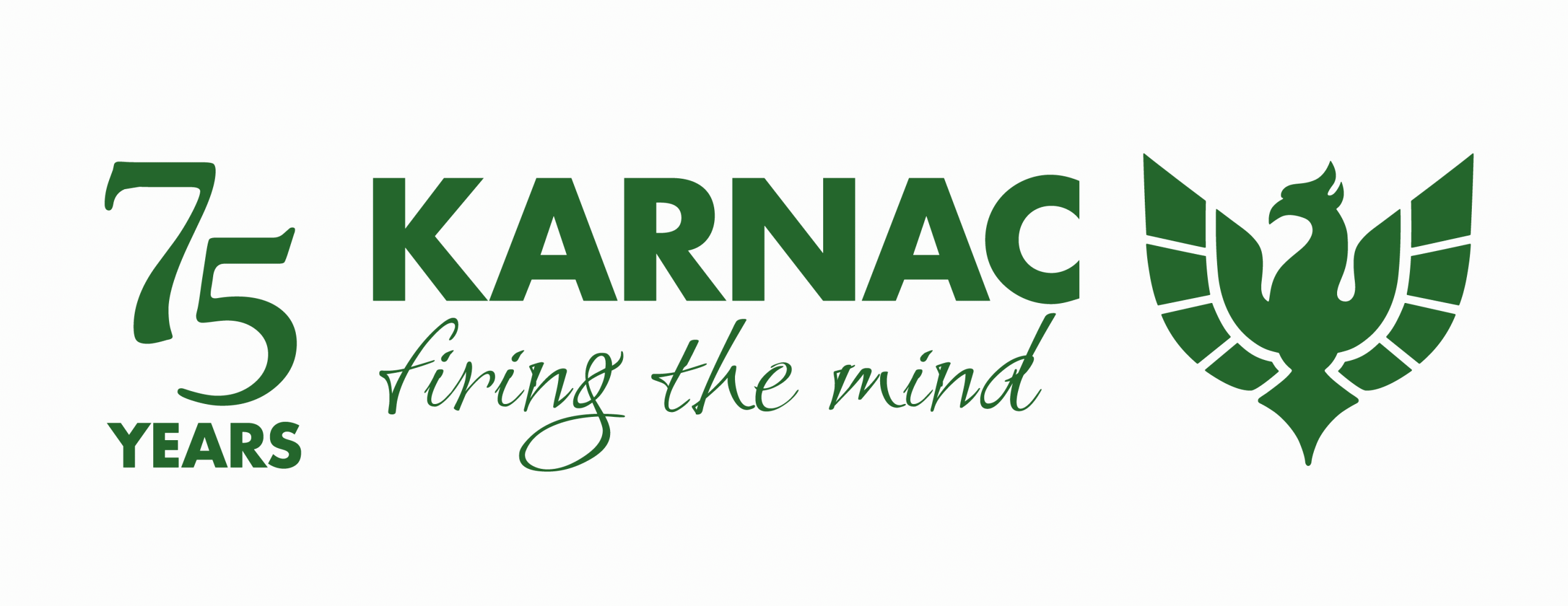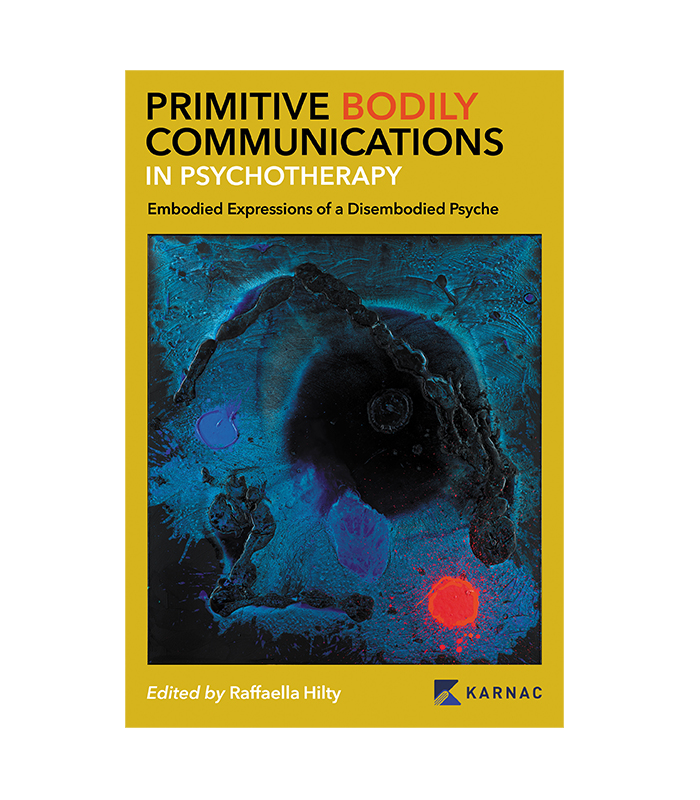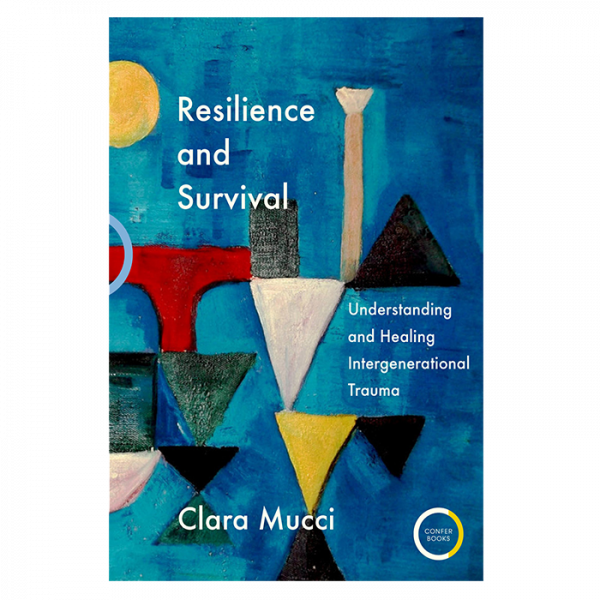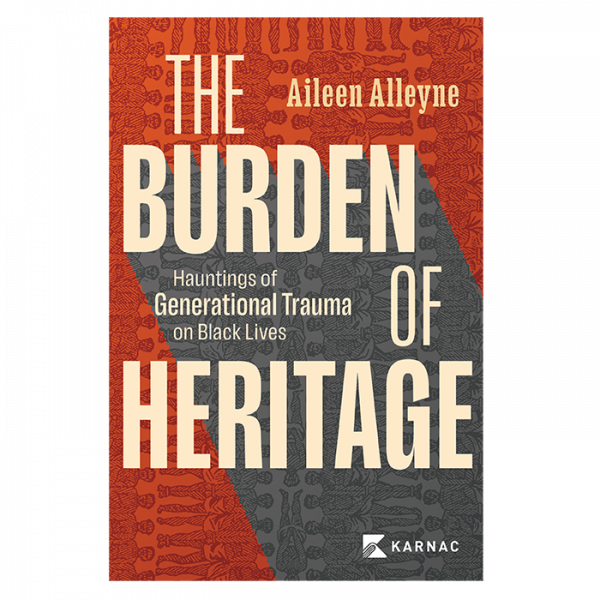With contributions from Gabrielle Brown, William F. Cornell, Raffaella Hilty, Brett Kahr, Mark Linington, Salvatore Martini, David O’Driscoll, Valerie Sinason, and Tom Wooldridge.
Every psychotherapist will be familiar with what it means to experience the hatred and despair of their most vulnerable patients in the midst of a psychotherapy session. Most often these patients will manage to express their feelings verbally, but what about those who never developed the capacity to speak? Or those who are capable of talking, but carry a complex range of unprocessed embodied feelings that cannot be verbally expressed?
Some patients must rely on another type of language in order to communicate their dissociative states of mind.
Primitive Bodily Communications explores how the ‘talking cure’ can still work when words fail and the body ‘talks’. Non verbal communication can be thought of as a form of body language and, even though this is a topic not frequently discussed, many practitioners have experienced working with people who communicate through the use of their bodies. The book does not refer to bodily communications as primitive because we see them as inferior to verbal language, but simply because they point to the beginnings of psychological development, to primary ways of being and relating, as well as to enduring aspects of ourselves.
The contributors explore the topic of primitive bodily communications in the context of intellectual disability, eating disorders, and bodily neglect, focusing on the communicative aspect of bodily expressions within the therapeutic relationship. A wide spectrum of clinical cases illustrates how these patients can reach a state of better physical and emotional containment and, when possible, of verbal communication.






Martin Stone, training analyst and former chair of the Association of Jungian Analysts –
‘This is a ‘must read’ book for any therapist interested in understanding communications from the body. The papers cover a wide range of therapeutic approaches and focus on the interface between body and mind in working with trauma, abuse, dissociation, eating disorders, autism and disability […] The authors bring the body back into the foreground of the work, not just as an equal to mind, but as one end of a spectrum where psyche and soma are both aspects of an underlying deeper reality.’
Stella M. Acquarone, PhD, Parent-Infant, Child and Adult Psychoanalytic Psychotherapist and Founder of The Parent Infant Centre –
‘This is a remarkable book that brings together a number of authors presenting their thinking with examples of an important truth: bodily communication from the patient and from the therapist. This theme appears in different presentations and contexts to integrate the human being at depths not explored before.’
Dr Carine Minne, Consultant Psychiatrist in Forensic Psychotherapy –
‘This enlightening book dares to tell the stories of patients often avoided or neglected by psychotherapists […] It will be invaluable to experienced mental health professionals and trainees alike, as diverse psychoanalytic approaches are combined to offer a vivid and deeply moving picture of the treatments of those shamefully forgotten by so many and from whom we can learn so much.’
Graeme Galton, Consultant Psychotherapist, Clinic for Dissociative Studies –
‘These essays show us the tensions, challenges and opportunities that occur when our clients use their bodies as a primary means of communicating their distress. These highly skilled psychotherapists give us a remarkable insight into how these complex communications can be received and understood in the consulting room.’
Dr Steven Kuchuck, author of The Relational Revolution in Psychoanalysis and Psychotherapy and Past President, International Association for Relational Psychoanalysis and Psychotherapy (IARPP) –
‘Despite Freud’s dictate that the ego is first and foremost a bodily ego, theories of the mind came to supplant a more holistic approach in psychotherapy and psychoanalysis […] More recently, we’ve rediscovered that psyche and soma are indeed inseparable, and must be approached as such in order for treatment to succeed. Raffaella Hilty’s brilliant new collection makes this abundantly clear in crisp, compelling writing that is broad and timely in scope.’
Alice Cowley, British Psychotherapy Foundation, British Journal of Psychotherapy 00, 0 (2024) 1–4 –
‘I enjoyed this book, particularly its openminded approach to different patient groups from those generally described in clinical papers. As with child and adolescent work, and infant observation, we can learn a great deal of what the body is communicating in these patients: another way of thinking about the phenomena of incorporation, evacuation, pleasure-seeking and elimination that are at the heart of all theory that draws on primitive experiences. It is refreshing and illuminating to read about working with marginalised people without power or agency, let alone a voice to be able to make sense of their experiences in a world in which they are all too often displaced. […] Not to look away from what we might find shameful and hard to bear in ourselves as well as the other; this seems to be the timely message of an original and compassionate book.’